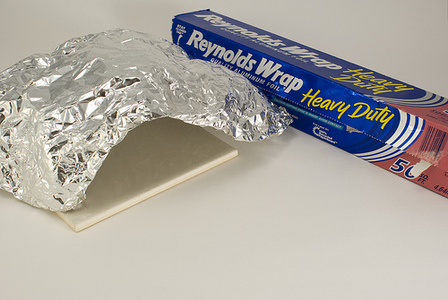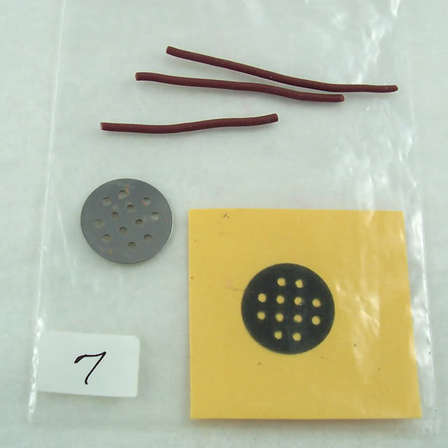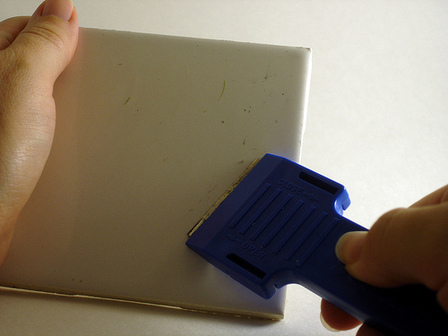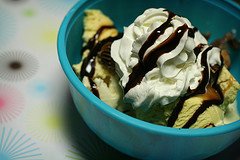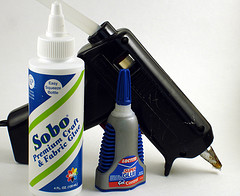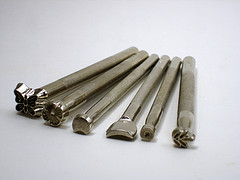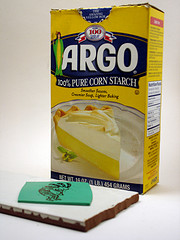Quick Tip: Signing Your Polymer Clay Pieces
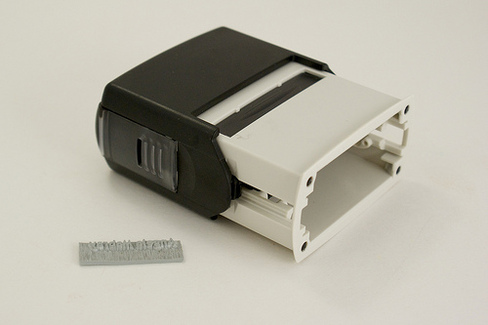 The baking (and maybe even sanding & buffing!) is all done. You've finished a polymer clay masterpiece, and you're proud of it. But how do you put that final mark on it to show you made it?
The baking (and maybe even sanding & buffing!) is all done. You've finished a polymer clay masterpiece, and you're proud of it. But how do you put that final mark on it to show you made it?
There are lots of options for signing your work. Some artists use a polymer clay-compatible pen or marker (try Krylon or Prismacolor) and sign their actual name. Others use initials, a business logo or another unique symbol.
Another easy and nice-looking option is to use a stamp. Custom rubber stamps are available from a variety of sources, but I've found address stamps to be the right size and a good price. And they're very flexible in their uses. You can use them before or after baking, with or without ink. (Here's more tips on stamping polymer clay.)
I originally just used my normal mailing address stamp on unbaked clay, positioning the stamp close enough to the edge of the clay piece so it would impress only the top line (my name) and not the address lines. But I've since bought a stamp that only has my name. I purchased both stamps from VistaPrint, who offers a basic rubber stamp for "free" (you pay about $6 in shipping/handling charge). In addition to the free basic stamps, VistaPrint has the option of uploading artwork, signatures, etc. for address and signature stamps that start at $9. They send a plastic stamp casing if you want to assemble it, but I keep my name stamp unmounted and trim it down to a very small size for easy positioning on the clay.
Of course, I have to admit that I don't always remember to sign my work. Until recently, it just never occurred to me. Do you sign your work? How?

